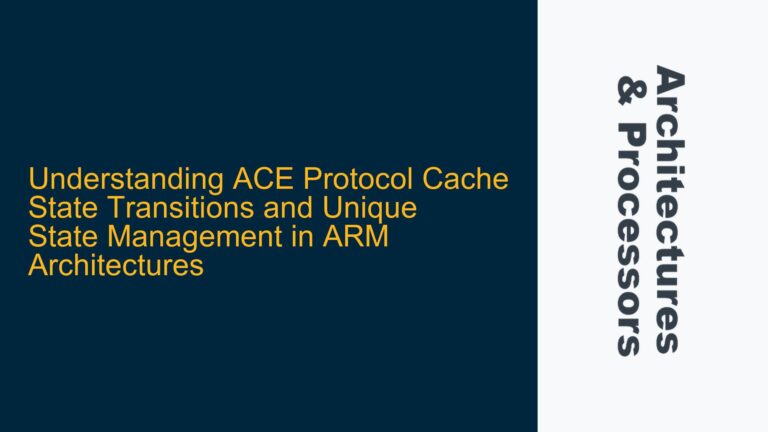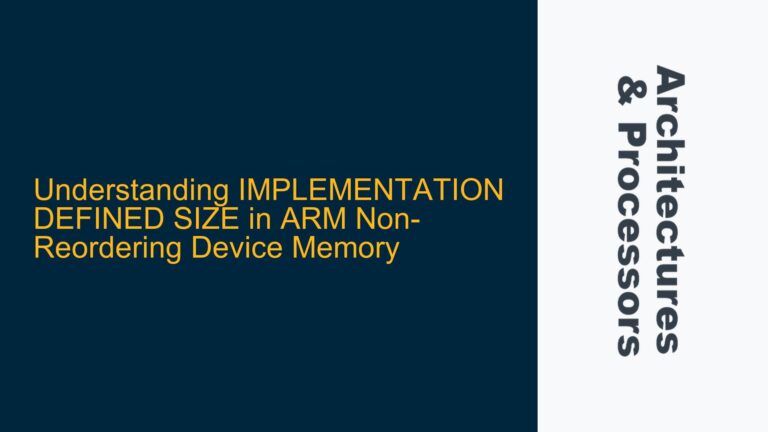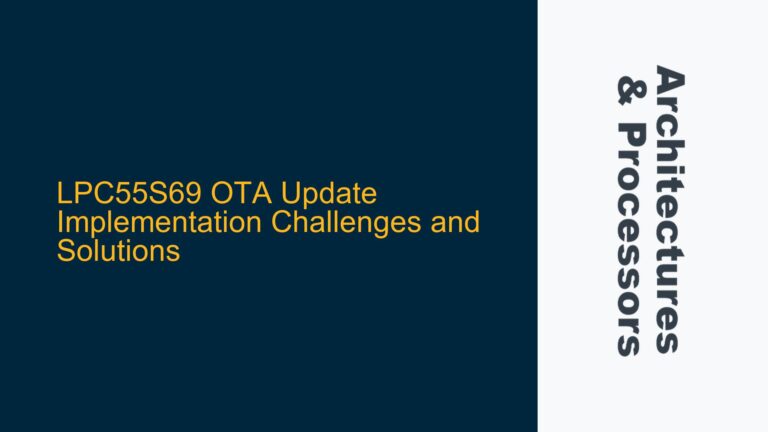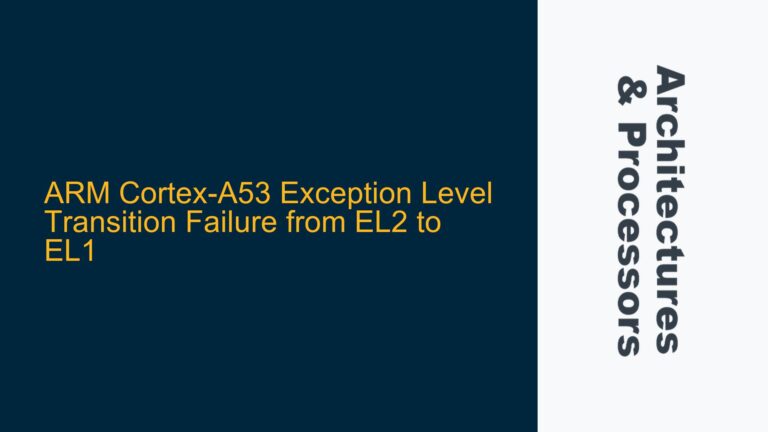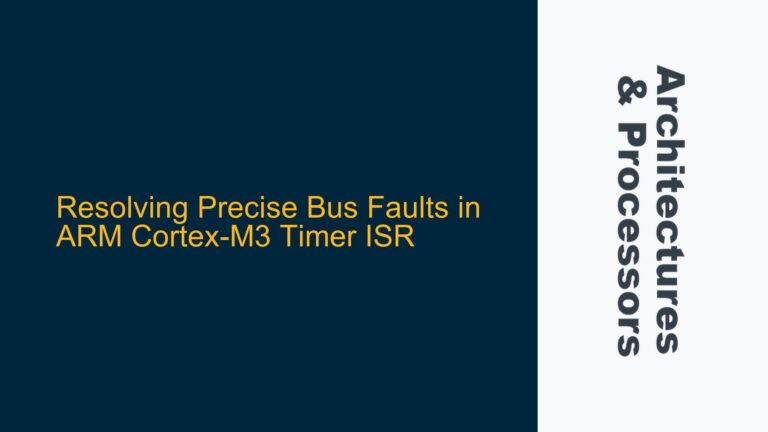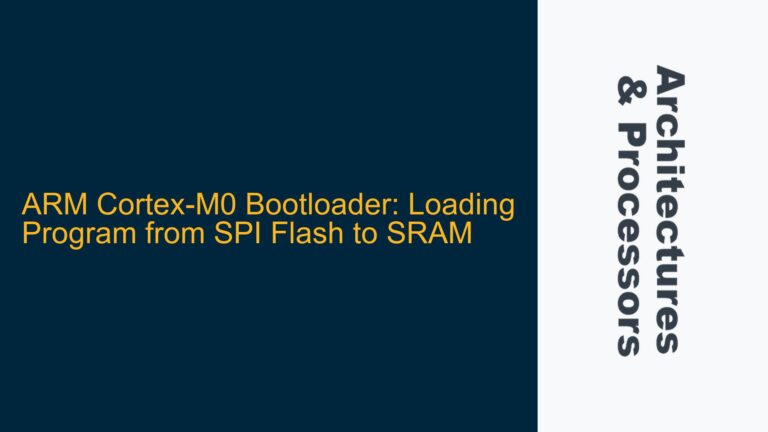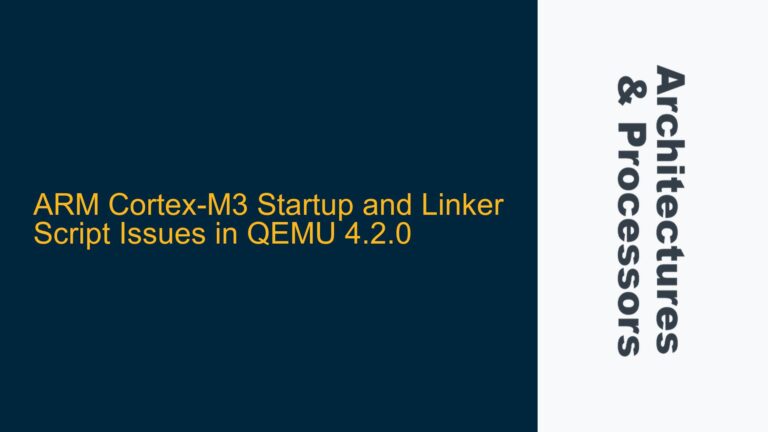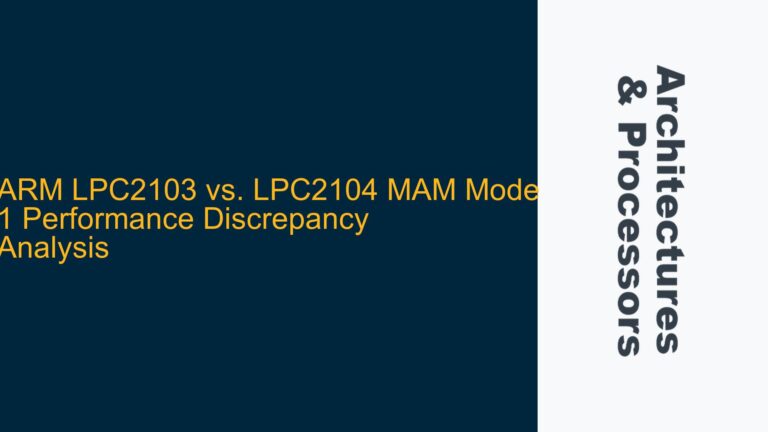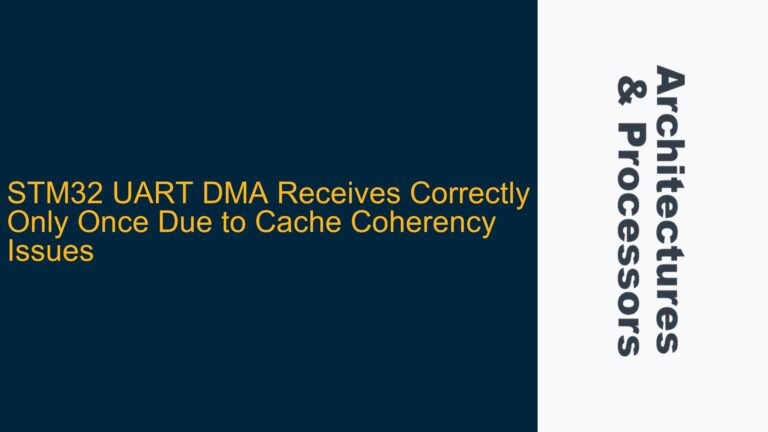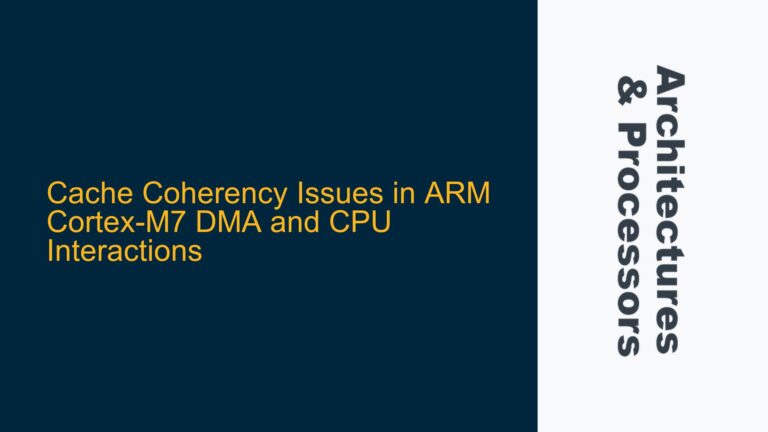ACE Protocol Cache State Transitions and Unique State Management in ARM Architectures
ARM Cortex-A Series Cache Coherency and ACE Protocol Behavior The ARM Cortex-A series processors utilize the ACE (AXI Coherency Extensions) protocol to maintain cache coherency across multiple masters in a system. Cache coherency is critical in multi-core systems where multiple processors or DMA controllers may access shared memory. The ACE protocol ensures that all masters…
